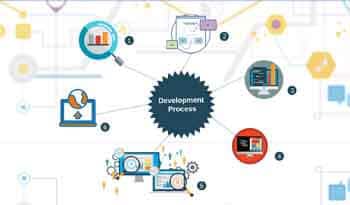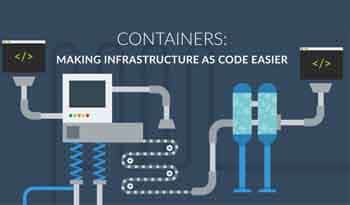
Comprehensive view of Continuous integration
What is Continuous Integration?
Continuous Integration is an improvement practice where designers incorporate code into a common archive habitually, ideally a few times each day. Every mix would then be able to be confirmed by a robotized assemble and computerized tests.
While robotized testing isn’t carefully essential for CI it is commonly suggested. CI has become a best practice for programming advancement and is guided by a lot of key standards. Among them is amendment control, construct computerization, and robotized testing.
What is Continuous integration advantages?
One of the key advantages of incorporating routinely is that you can distinguish blunders rapidly and find them all the more without any problem. As each change presented is commonly little, pinpointing the particular change that presented a deformity should be possible rapidly.
Moreover, Continuous Deployment and Continuous Delivery have created as best practices for keeping your application deployable anytime or in any event, pushing your primary codebase consequently into a creation at whatever point new changes are brought into it. This permits your group to move quickly while keeping excellent guidelines that can be checked naturally.
What is continuous Integration, upheld by a few significant standards and practices?
Keep up a solitary source archive: group makes a branch that makes unpredictability in the engineering cycle. so the group needs to submit that branches.
Computerize the work: without the approval of the cycle, the consistent joining is preposterous.
Make you assemble self-testing: the forward more advance of this cycle to distinguish the requirement for change and to break down the framework is working as per our desires.
Keep the fabricate quick: on the off chance that we manufacture rapidly, we can roll out the improvements as brisk as conceivable to submit change hesitant by engineer
Test in a clone of the creation condition: It checks as the product proceeds as the expected condition.
What is Continuous Integration, advantages:
Continuous Integration has numerous advantages. A decent CI arrangement speeds up your work process and urges the group to push each change without fearing breaking anything. There are a greater number of advantages to it than simply working with a superior programming discharge measure. It brings incredible business benefits also.
Lessens Risk
On the off chance that you test and convey code all the more much of the time, it will inevitably diminish the danger level of the venture you are taking a shot at as you can distinguish bugs and code absconds prior. This implies they are simpler to fix and you can fix them sooner which makes it less expensive to fix them.
Better Communication
At the point when you have a CI cycle set up that is guided into a Continuous Delivery work process it’s anything but difficult to share your code consistently. This code sharing assists with accomplishing greater perceivability and cooperation between colleagues. In the long run, this speeds up and effectiveness inside your association as everyone is in the same spot, consistently.
Quicker emphases
As you discharge code frequently, the hole between the application underway and the one the engineer is dealing with will be a lot littler. You’re pondering how to create includes most likely will change. As each little change will be tried consequently and the entire group can think about these progressions you will need to chip away at little, gradual changes when growing new highlights.
This outcomes in fewer presumptions as you can construct includes snappier and test and convey them consequently for your clients to see as quickly as time permits, along these lines increasing significant input from them quicker.
Quicker criticism of business choices
Having a CI cycle isn’t just helpful for programming engineers, yet for their supervisors also. The two players can assemble significant input and addition bits of knowledge a lot quicker. As you push code all the more regularly, you have more information accessible which you can break down to check if the item is going the correct way.
This persistent information stream and the timetable of measurements can likewise assist with considering the advancement of the venture all the more oftentimes which empowers quicker mechanical and business choices.
What is Continous integration, Significances:
- Diminishes overhead over the turn of events and arrangement measure
- Diminishes the time and exertion for combinations of various code changes
- Empowers a fast criticism instrument on each change
- Permits prior identification and counteraction of imperfections
- Helps cooperation between colleagues so ongoing code is constantly shared
- Decreases manual testing exertion
- Building highlights all the more gradually spare time on the troubleshooting side so you can concentrate on including highlights
- The initial step into completely mechanizing the entire delivery measure
- Forestalls difference in various branches as they are incorporated routinely
- On the off chance that you have a long-running component you’re chipping away at, you can consistently incorporate yet keep down the delivery with highlight banners.
To encapsulate, this article is all about what is continuous integration explained that is used by designers to archive the required goals.
For more information, regarding the above services, kindly Contact us, for regular updates kindly follow us on Twitter and Facebook




